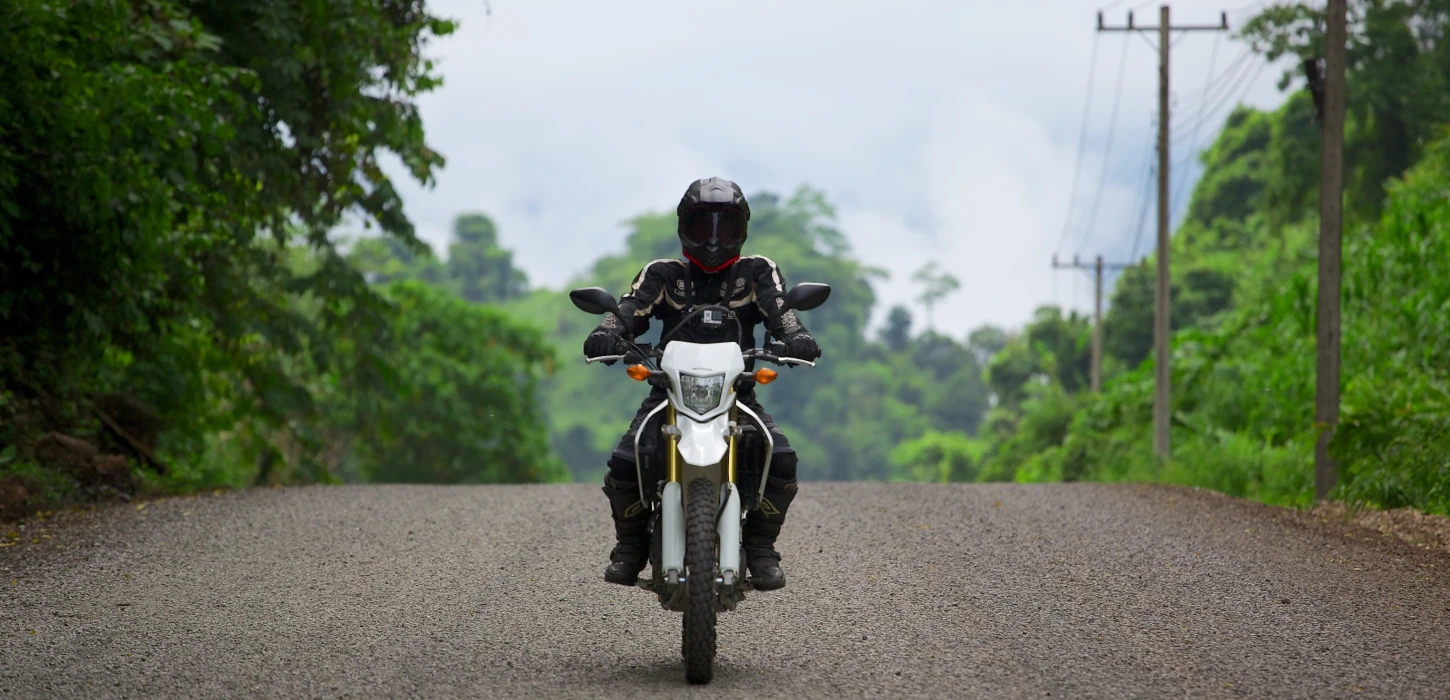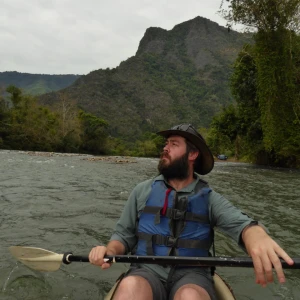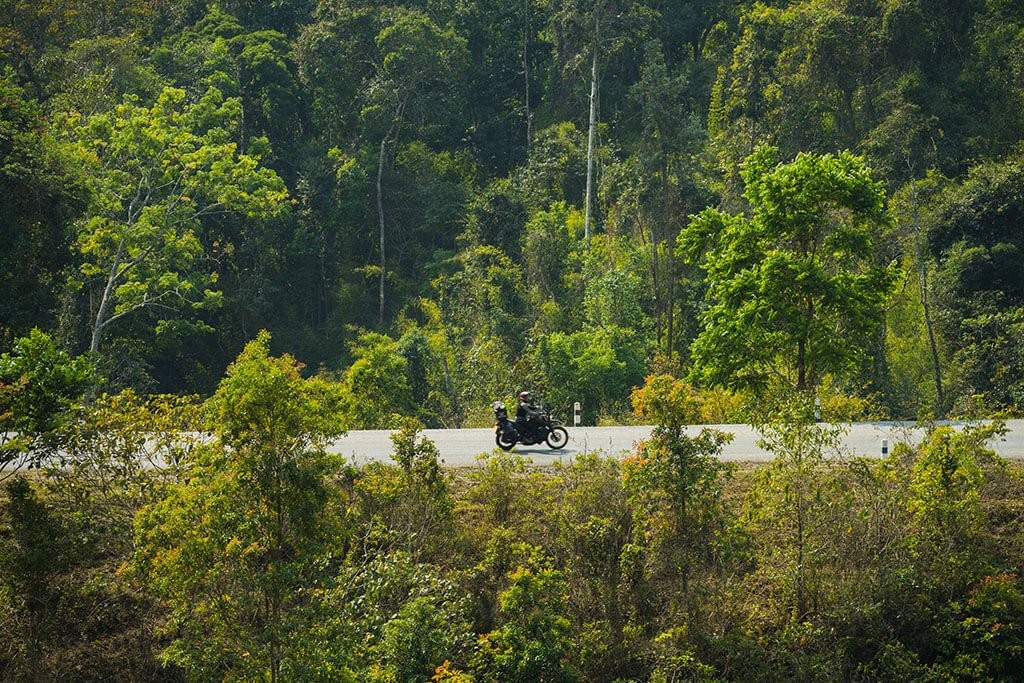
Laos is a beautiful country with many hilly roads and breathtaking scenery. Traveling by motorbike is one of the best ways to see this wonderful country. There's nothing like the feeling of freedom when cycling along mountain roads, stopping whenever you want to take in the sights or explore small villages.
But motorbikes also have their own difficulties and dangers. To ensure that you get the most out of your motorbike riding experience in Laos, we spoke to experts to give you the best tips for safely enjoying your trip.
Gear
If you're going to ride a bike, you'll want protection. The minimum is a helmet and gloves. There are many types of motorbike helmets in Vientiane and Luang Prabang, from basic commuter helmets to full-face helmets for mountain bikes. For high-speed highway driving, we strongly recommend wearing a full-face helmet. There's nothing like getting hit in the face by a bug at 80 km/h and ruining your day. Helmets are also mandatory for all drivers under Lao law, so avoid the fine and possibly your brain, and wear a helmet.
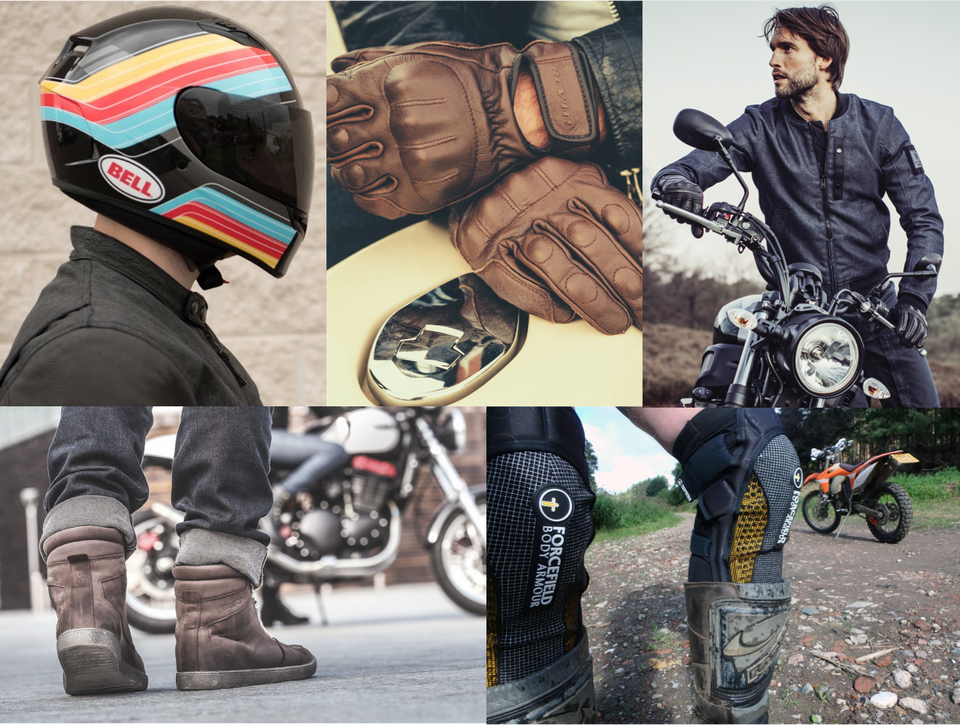
We also recommend wearing long-sleeved clothing made from natural materials to protect yourself from gravel rash in case you get off the bike.
Travel insurance
Insurance is a must for all tourists but you should check with your insurance company if you are covered for motorbike accidents in Laos. If you are involved in an accident, you could face a significant bill if you are not insured. In general, most motorbike driving licenses are accepted in Laos and if you are legally allowed to drive in your country then you will be allowed to drive in Laos. Check with your insurance company about your specific situation before traveling.
Choose a bike
Now you need a bike! There are many types of bicycles available in Laos, both to buy and to rent. Think about your experience, skill level, and where you want to go. If you want to ride on dirt roads and get mud on your tires, you'll probably want to buy a dirt bike like the Honda CRF 250. If you plan to ride mostly on pavement, you might want to consider the popular This. Honda Wins is popular with many backpackers. If you want a real local experience, you can consider the Honda Wave semi-automatic. If you've only ever ridden a scooter or an automatic, you should probably stick with a scooter. Each style of bike has its own strengths and weaknesses. A full-sized mountain bike will zip down a muddy road but will be less comfortable on long highway rides. Honda Wins has a small and easily damaged engine but is very fuel efficient and has many replacement parts available. Honda Waves and other semi-automatic models are light and easy to control, but the seating position is not comfortable for long trips. Scooters are extremely easy to ride, but their small wheels don't handle potholes or gravel well.
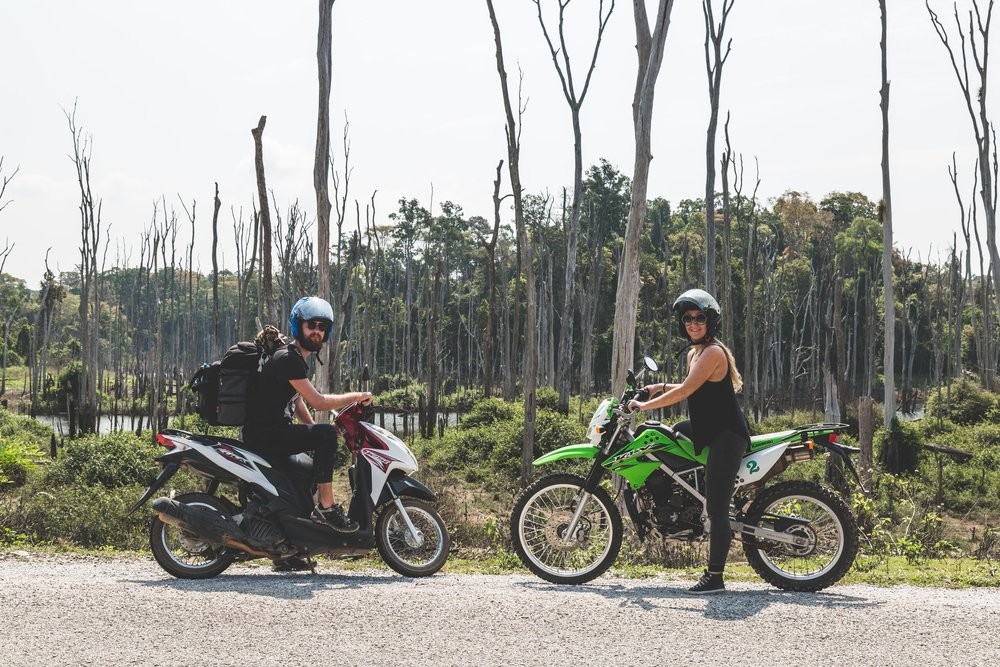
guide

You've got yourself a bike, a helmet and checked that you're legally allowed to ride. Great! Now the most pressing problem is where are you going? Digital maps such as Google Maps and Maps Me are useful, and paper maps such as the GT Rider map are also available. Decide where you want to go and start planning how long you want to spend on the road, where you might want to take breaks and how far you want to cycle each day. If this is your first long trip, you might consider four hours a day a good start.
The next step might be to install a phone mount to your bike, if it doesn't already have one. Basic options can be found for around 50,000 kip. Using an app like Google Maps is a great way to see how far you have to go to get to your next destination as well as how sharp the upcoming road will be. Just be sure not to put too much trust in digital maps as they are notoriously unreliable in Laos. Maps Me is often considered the best digital map for Laos but does not have as many features as Google Maps.
Paper maps are also a great way to explore the country. There are several maps created specifically for riders and provide a wealth of information. M Maps Southern Laos is a great map with lots of details and is updated regularly. The GT Rider Maps cover the entire country, and although they don't have as much detail as the M Maps, they provide a great overview. The biggest benefit of paper maps is that they don't require an internet connection or batteries to operate.
Traffic
If you've never driven in Asia before, you may be nervous about the traffic in big cities. Despite what seems like uncontrollable chaos, there are still some traffic rules that need to be clear. Vehicles in Laos drive on the right side of the road, at least in theory. Don't be surprised to see a motorbike riding on the side of the road against the flow of traffic. You can turn right at any time, even if you're at a red light. Don't be surprised that this also means 'don't bother looking when turning right' regardless of oncoming traffic. Be aware of your surroundings, but don't expect others to be aware of their surroundings. Right of way exists in theory. In reality, it's a confusing ballet of cars and bikes engaged in constant negotiation about who gets to go first. Flashing headlights in Laos usually mean the vehicle has no intention of changing direction and you should get out of the way. If you are approaching a turn and there is a vehicle waiting to exit, they will often turn in front of you on the assumption that you will turn across the street behind them. Although annoying for drivers in Western countries, this is completely acceptable in Laos. Try to follow the flow of traffic.
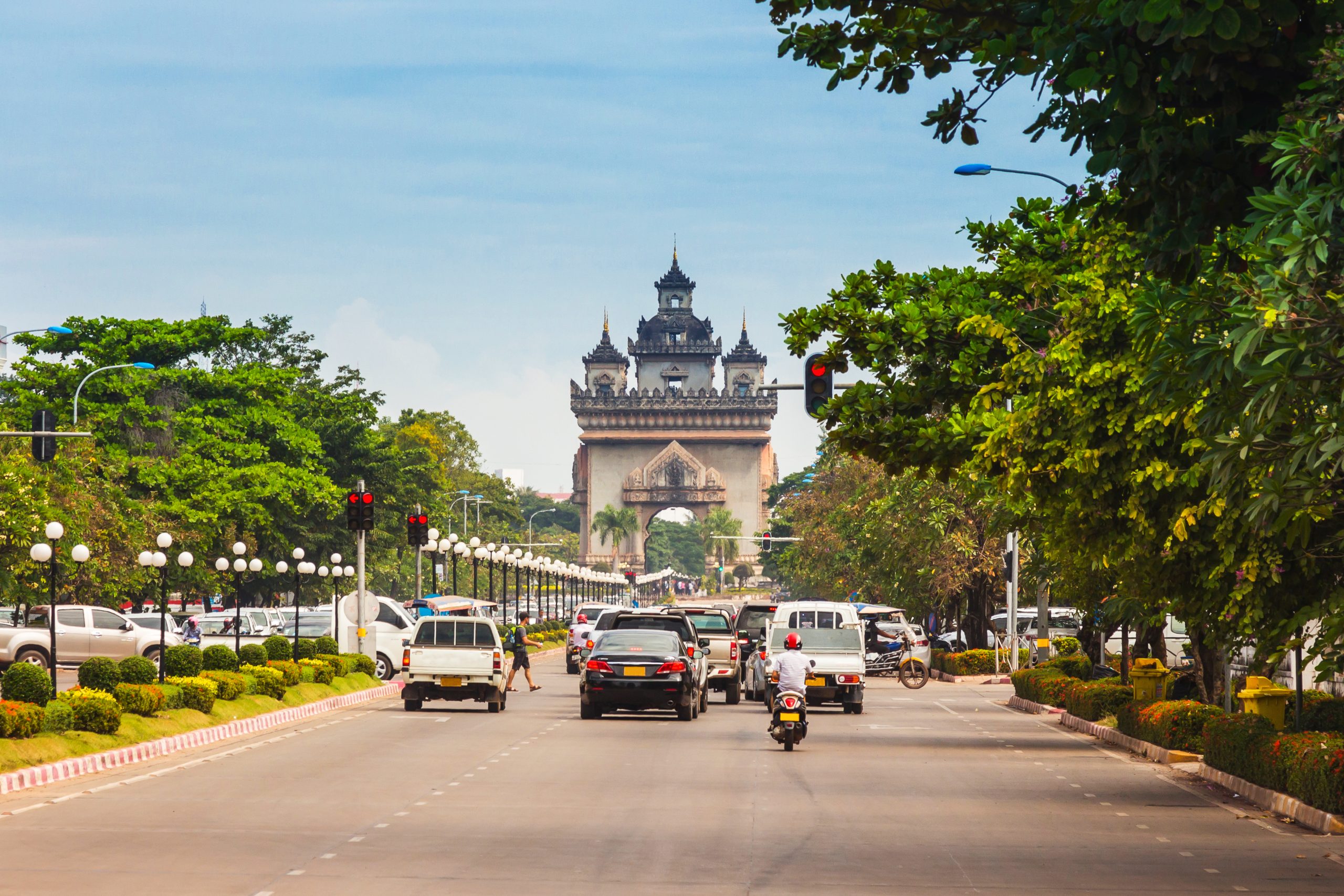
Once you get out of the city, the streets are quiet and calm. Be on the lookout for small truck drivers with large trucks and try to drive closer to the edge of the road than in the middle of the road.
Road conditions
Road conditions are what you would expect in a developing country. Many paved roads have more potholes than pavement, and there are more dirt roads than paved roads. There are some exceptions, such as newer roads on the Thakek Circle. When driving, be sure to pay attention to potholes or loose gravel in corners. If you are driving on a wet road, assume that all puddles are deep and do your best to avoid them. Drive according to your skill level and road conditions and don't exceed your abilities.

Maintenance and parts
There are plenty of mechanics in Laos, especially along the more popular roads. If you have a relatively common bike then most mechanics will be able to fix most problems. If you have a less common bike, such as a mountain bike or cruiser, you may want to take some spare parts with you on the trip as a mechanic in a small village is difficult to find. There may be anything that can help you. Carry at least one spare tube for each wheel. You might also consider bringing tire levers and a pump if you're going into very remote areas, as a bike with a flat tire will be too heavy to push anything more than a few hundred metres. More experienced riders visiting more remote parts of the country may want to consider bringing additional tools and accessories. In the worst case scenario, you can usually convince locals to help you load your bike into a songteow (minivan) and transport it to the nearest town. With a bright smile and a little kip, anything is possible.
Okay, you're ready and set to explore Laos on two wheels! Check out our destination guides to help you get inspired for your adventures, and be sure to share photos of your adventures with the hashtag #discoverlaostoday so we can see it all Interesting places you explore. Now get out there and Discover Laos Today!

